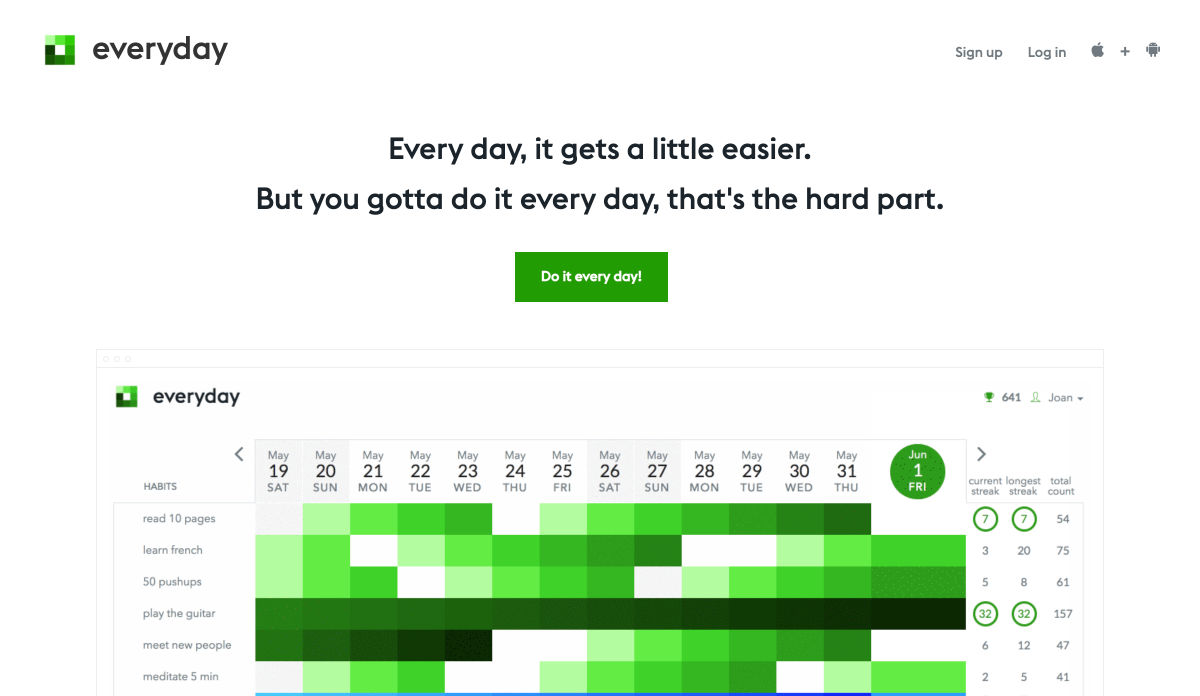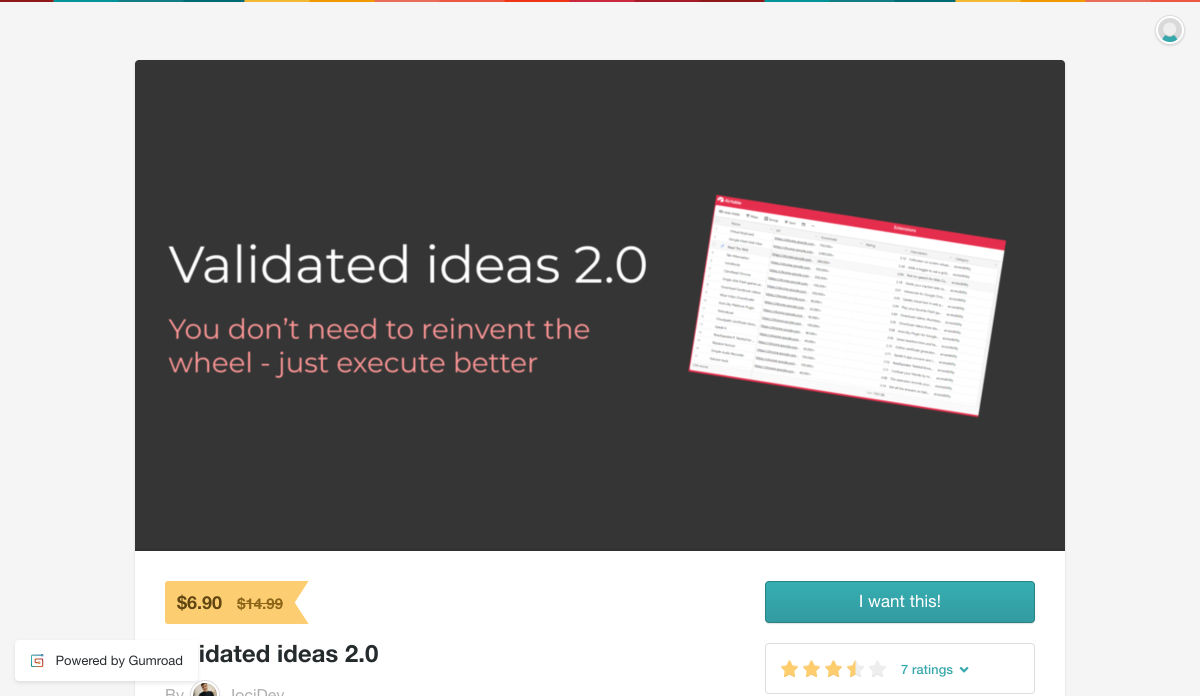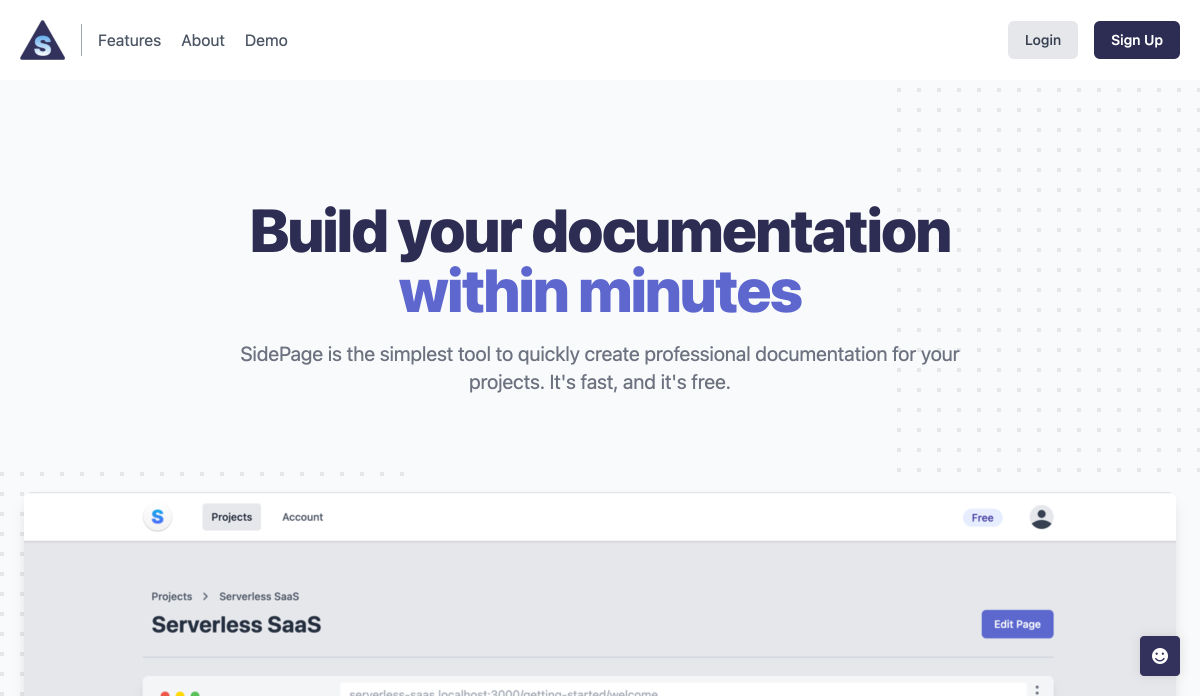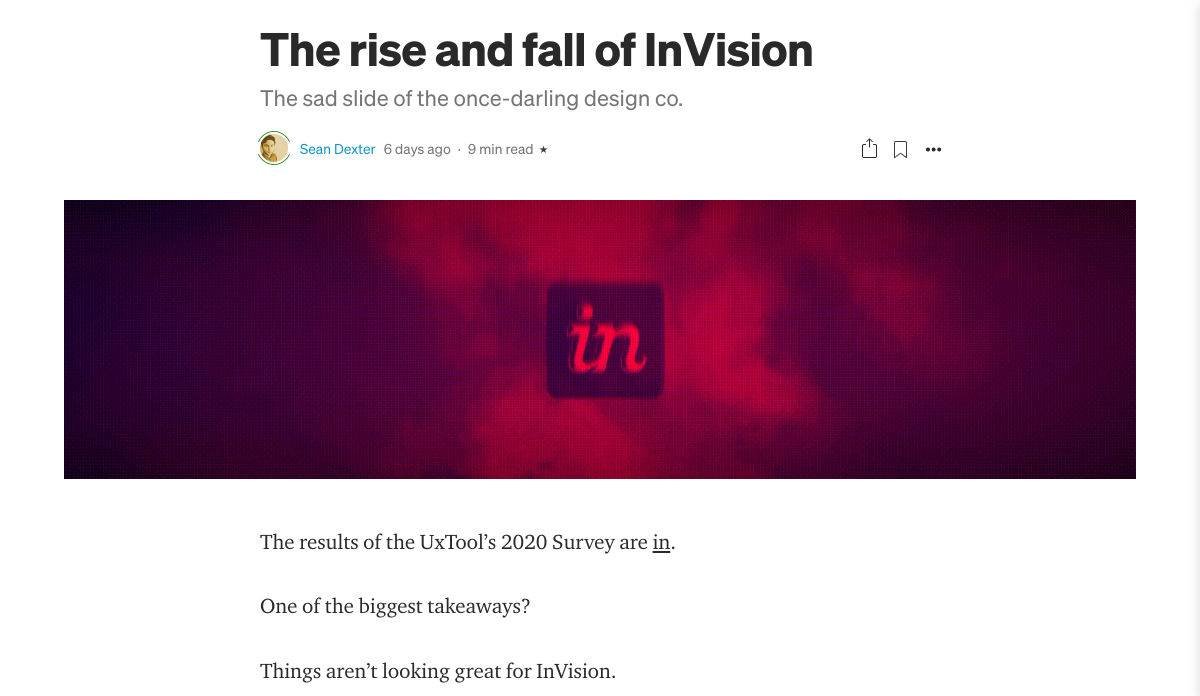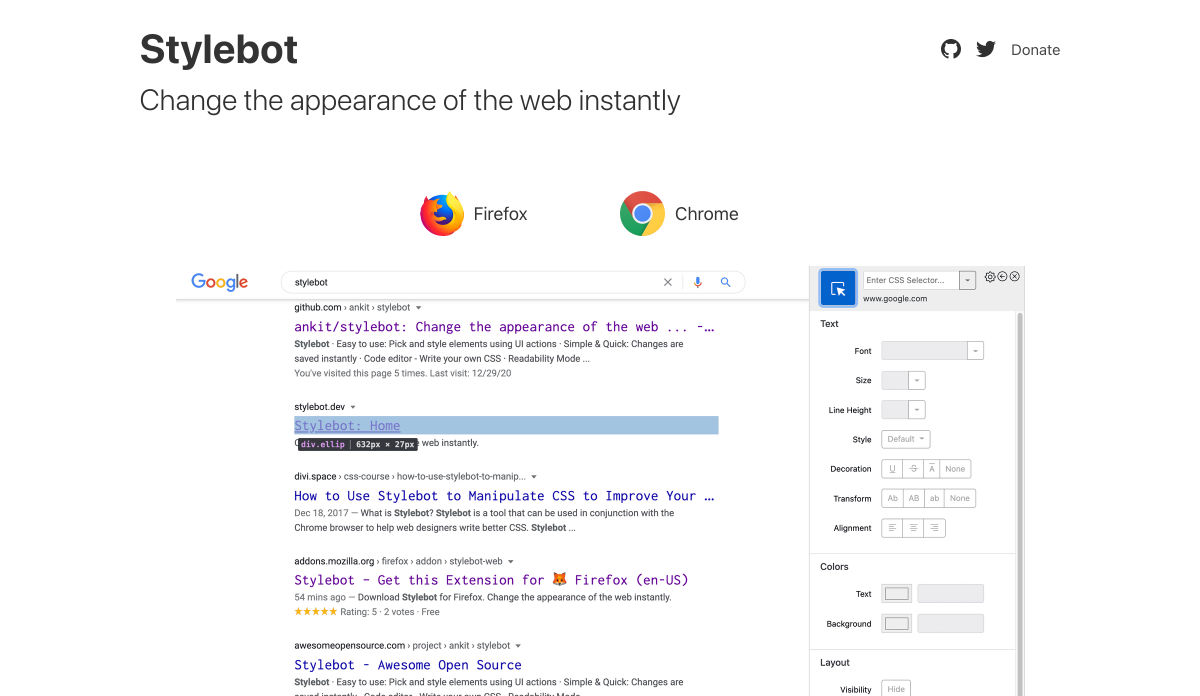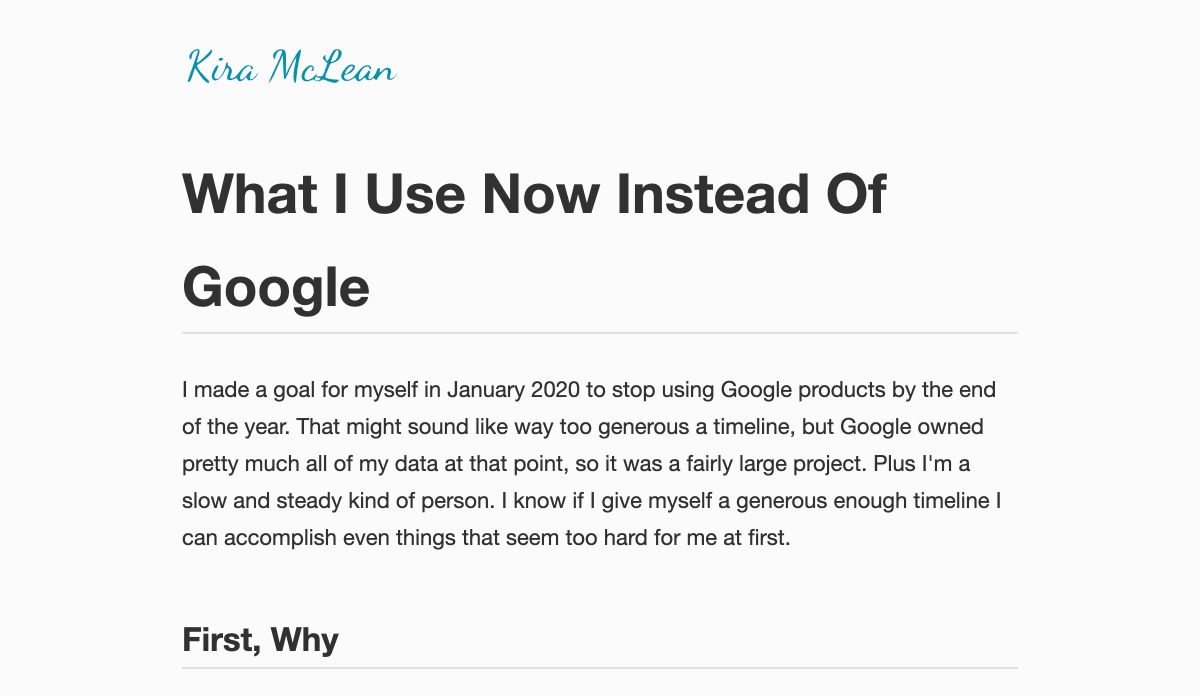I was in the first week of a new job and the assignment was to install a company software on the local machine. In the beginning, I found that there are some documents on the internal website which I could follow to install. This was a very optimistic expectation of course. As soon as I started reading and doing the steps, I realized that there are many things that are not mentioned in the document and I began to ask a lot of questions that I do not have any answers to. I had to ask the current DevOps engineers for each unclear part. Later, I found that every day I am on a call for hours with these engineers and we achieve bit by bit of this installation together. I would say 20% of the operations were documented and automated, but the rest of the things should be done manually. Finally, I managed to install the software in a week but still, there were many things I did not know how I had done, and forgot many other details that were not in the document.
It turns out every time we have a new hire, this situation happens again and again and there has been no update neither on the document nor in the software installation process. What amazed me was that the DevOps engineers were proud of what they have already created after years but they did not realize that no one can install that software without them. This situation created a huge amount of complexity around the software deployment and takes hours for employees to figure out things again and again. So, no matter how nice all those scripts were, it created a high overhead for the company which was quite hidden for the managers for years.
Source de l’article sur DZONE






 Every week users submit a lot of interesting stuff on our sister site Webdesigner News, highlighting great content from around the web that can be of interest to web designers.
Every week users submit a lot of interesting stuff on our sister site Webdesigner News, highlighting great content from around the web that can be of interest to web designers.
